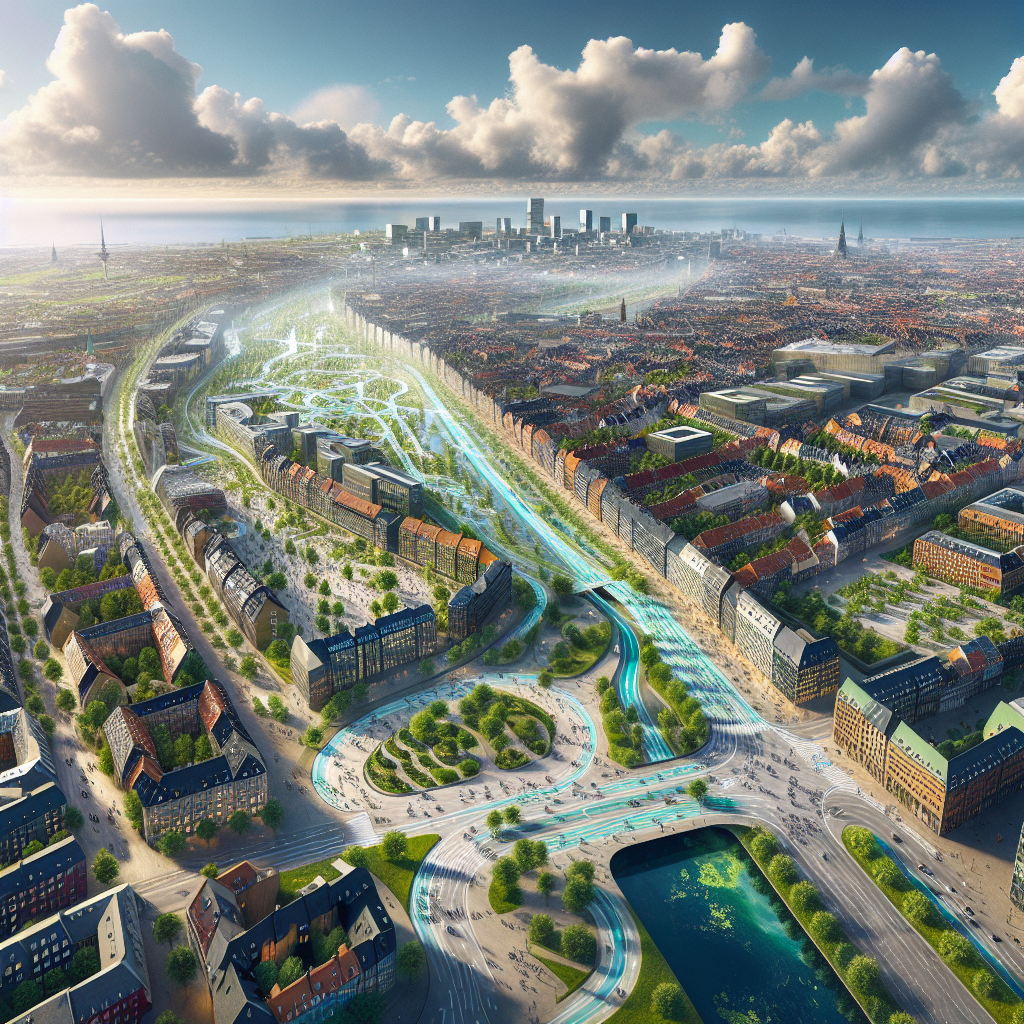By Evelyn Clark – Investigative Reporter
Bicycle infrastructure expands: The Evidence Mounts
Technology Overview:
Around the world, a silent revolution is taking place. Quietly but unequivocally, more bicycles than ever are dominating city streets as bicycle infrastructures expand remarkably.

Current State of the Art:
Copenhagen has set the gold standard in developing sustainable bike lanes. With heated paths for winter use, digital counters to track usage and air pumps at regular intervals; it demonstrates how urban planning can successfully accommodate cyclists.
Key Innovations:
In Bogota’s Ciclovía or ‘Cycleway’, every Sunday and most public holidays the main streets are blocked off to cars for seven hours allowing citizens to ride their bikes freely — A concept that has spread across Columbia and internationally.
Market Adoption:
‘Commuters are increasingly looking at cycling not just as a weekend recreational activity but as an essential means of transport’, says Fredrik Gertten, director of Bikes vs Cars documentary film.
The evidence backed by data from leading markets like China & Netherlands which have seen significant adoption in recent years. Fredrik adds, We’re beginning to realize that we need to live healthier lives and reduce our carbon footprint: cycling offers this promise.’
Technical Challenges:
The integration of cycling solutions in already congested urban spaces poses challenges. However, technology-driven innovations like smart bike lanes & AI-managed traffic systems are providing answers.

Industry Applications:
‘The use of e-bikes and cargo bikes for deliveries is rewriting the logistics industry’, claims Salt Lake City based entrepreneur John Chen
. The data narrates a similar story as numerous businesses across industries have started incorporating biking solution into their operations.
Cycling is not just a transport issue—it’s a health issue, an environmental issue, an economic issue. The implications are transformative!, asserts Jan Gehl, renowned Urban Designer.

